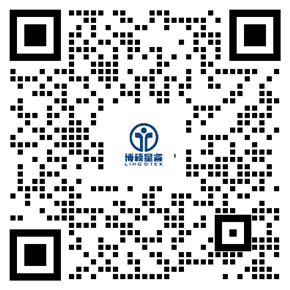翻译新选择!Grammarly Translate挑战DeepL Write,引发行业变革
2024年10月18日 10:00 天津
Grammarly Enters Translation Space With Grammarly Translate
Grammarly 进军翻译领域

Grammarly is venturing into the realm of translation with the launch of Grammarly Translate, a feature that allows users to translate text directly within the Grammarly interface, reflecting the increasing convergence of writing assistance and translation technologies.
随着Grammarly Translate的推出,Grammarly开始尝试进入翻译领域,该功能允许用户直接在Grammarly界面内翻译文本,反映了写作辅助和翻译技术的日益融合。
Grammarly Translate is accessible to members of any paid Grammarly plan, provided that generative AI is enabled on their accounts. The feature supports translation across major languages like Chinese, Spanish, and French, as well as regional variants like Argentine and Mexican Spanish. It is currently available across several Grammarly platforms, including Windows, Mac, and Chrome, and even within the Grammarly plugin for Figma.
任何 Grammarly 计划的付费成员都可以访问Grammarly Translate,前提是他们的账户已启用生成式人工智能。该功能支持中文、西班牙语和法语等主要语言以及阿根廷语和墨西哥西班牙语等地区语言的翻译。目前,它可在多个Grammarly平台上使用,包括Windows、Mac 和 Chrome 浏览器,甚至可在Figma的Grammarly插件中使用。
By integrating translation directly into its platform, Grammarly aims to allow users to maintain focus while writing and editing. According to Grammarly’s official announcement, “you can stay focused on your current work and minimize the need to switch to external translation tools.”
Grammarly 将翻译直接集成到平台中,旨在让用户在写作和编辑时保持专注。根据 Grammarly 的官方公告 ,“您可以继续专注于当前的工作,尽量减少切换到外部翻译工具的需要。”
However, Grammarly Translate comes with certain limitations. The feature supports a maximum translation of 4,000 characters at a time, and alternative translation options are available only for texts under 10 words. Additionally, it is designed to work only with text that the user is actively writing, rather than with static text, such as that found on webpages or in received emails. This focus on active text creation may limit its usefulness for users seeking to translate existing documents or other non-interactive content, as noted in Grammarly’s guidelines.
不过,Grammarly Translate 也有一定的局限性。该功能每次最多支持4000个字符的翻译,10个单词以下的文本才有替代翻译选项。此外,它只适用于用户正在撰写的文本,而不是静态文本,如网页或收到的电子邮件中的内容。正如 Grammarly 的指南所指出的那样,这种对主动文本创建的关注可能会限制其对用户翻译现有文档或其他非交互式内容的实用性。
The launch of Grammarly Translate draws comparisons to DeepL’s Write, a tool introduced in early 2023. According to TechCrunch’s report on DeepL Write, DeepL’s tool focuses on enhancing written communication by offering suggestions for style, tone, and phrasing. DeepL CEO Jarek Kutylowski emphasized their approach, stating, “We are always in race mode… part of our culture is to push forward through that.”
Grammarly Translate 发布后,其与 DeepL’s Write(一款于 2023 年初推出的工具)的比较也随之而来。根据 TechCrunch 对 DeepL Write 的报道 ,DeepL 的工具主要通过提供有关风格、语气和措辞的建议来加强书面交流。DeepL 首席执行官 Jarek Kutylowski 强调:“我们始终处于竞赛模式……我们文化的一部分就是通过竞赛来推动发展。”
Grammarly’s entry into the translation space signifies more than just a new feature; it reflects the broader trend of integrating generative AI into language services. As these tools evolve, the boundaries between writing assistance and translation may continue to blur, leading to new opportunities and challenges for users and professionals alike.
Grammarly 进入翻译领域不仅意味着一项新功能,还反映了将生成式人工智能融入语言服务的大趋势。随着这些工具的发展,写作辅助和翻译之间的界限可能会继续模糊,从而为用户和专业人士带来新的机遇和挑战。
特别说明:本文内容选自https://multilingual.com/grammarly-enters-translation-space-with-grammarly-translate官网,仅供学习交流使用,如有侵权请后台联系小编删除。 添加助教 即可进入本号粉丝群 获取新鲜资讯~


